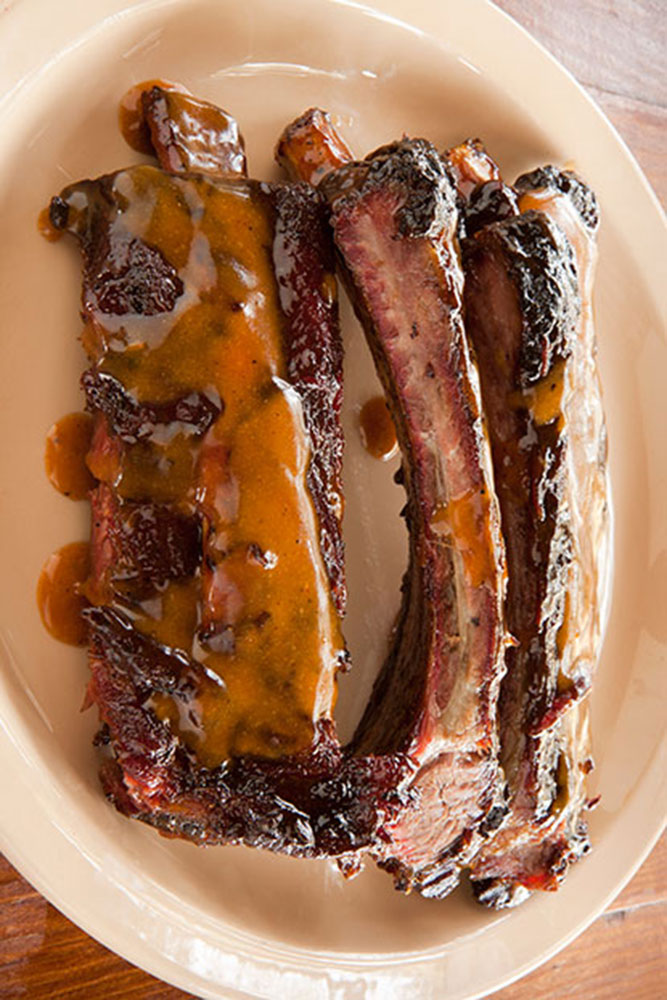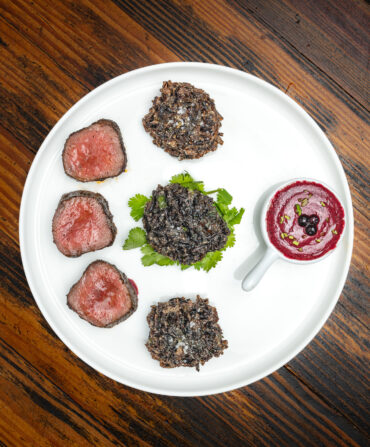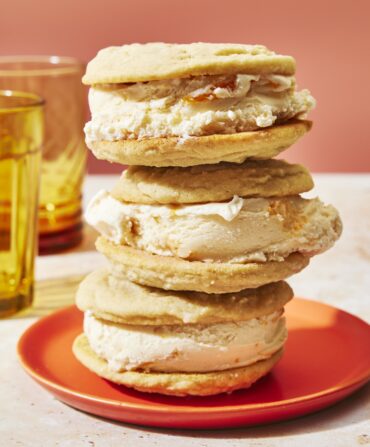When I was in school at Texas A&M, I would drive miles out of my way to eat at The Salt Lick, a legendary barbecue joint in little Driftwood, Texas. I knew the brisket was good. I did not know, however, until I opened the new Salt Lick Cookbook, about the centuries of family history behind it.

Owner Scott Roberts’s ancestors came to Texas by wagon in the second half of the nineteenth century. The trail seasoned their Southeastern methods of slow-cooking meat and chopping slaw, as did the family’s first decades in rural Texas. In 1967, Thurman Roberts took son Scott and a ranch hand to a hill on the family property, where he told them to build a concrete pit. That pit became his barbecue stand. Thurman would sleep beside it, tending the coals himself, in the early days. Over the years, his pit took on the walls, tables, staff, and regular hours of the restaurant it is now.
The only Salt Lick signature not in the new cookbook, compiled by Scott Roberts and local writer Jessica Dupuy, is the barbecue sauce, a tangy mustard-and-vinegar slurry purportedly influenced by Thurman’s wife’s Japanese roots. Beyond that, it’s all fair game. Roberts gives up step-by-step pictorials on his methods of smoking brisket, sausage, and ribs and offers enough side dishes and desserts to feed the town of Driftwood several times over.
Make these beef ribs for a hearty taste of the Texas Hill Country.








